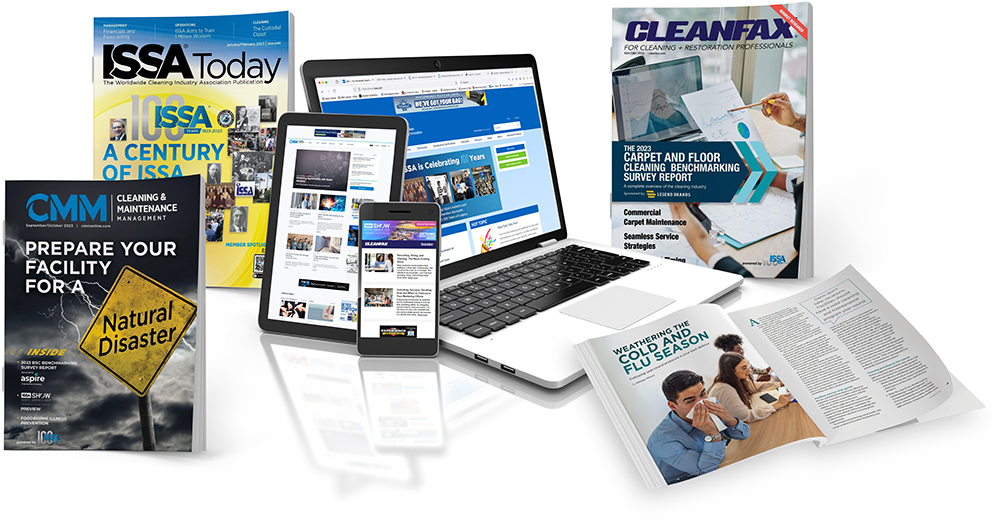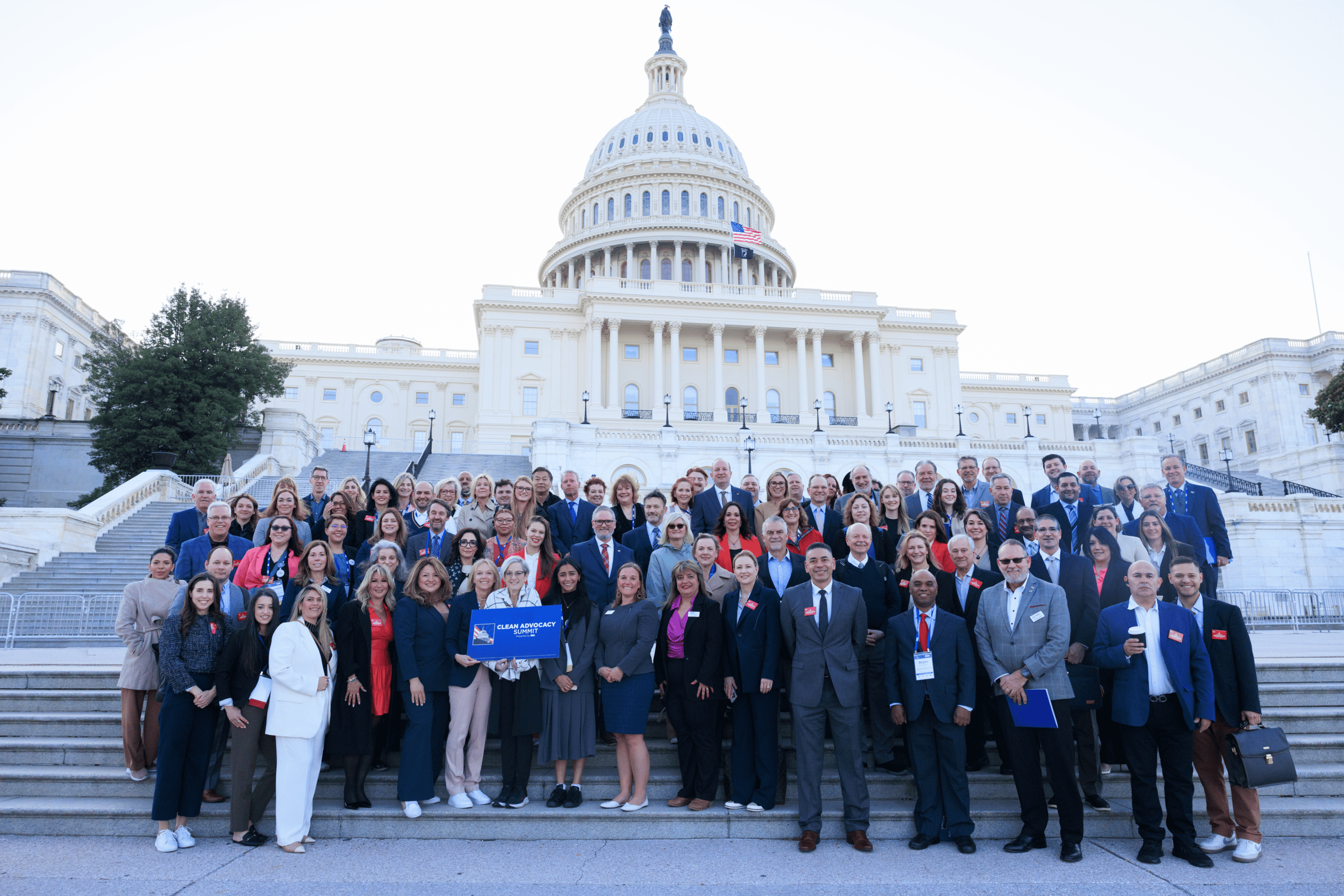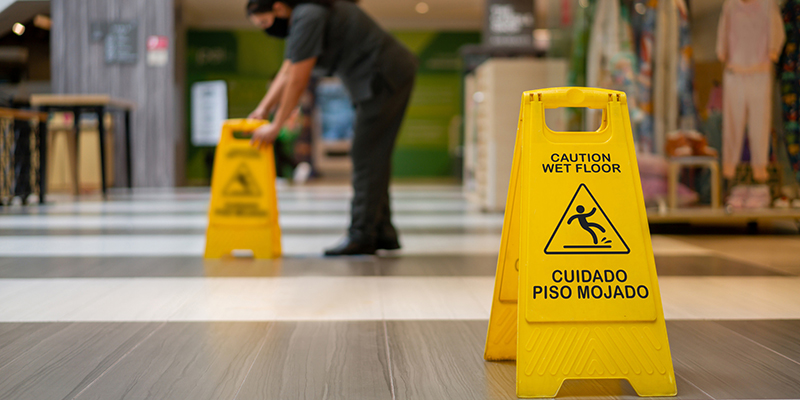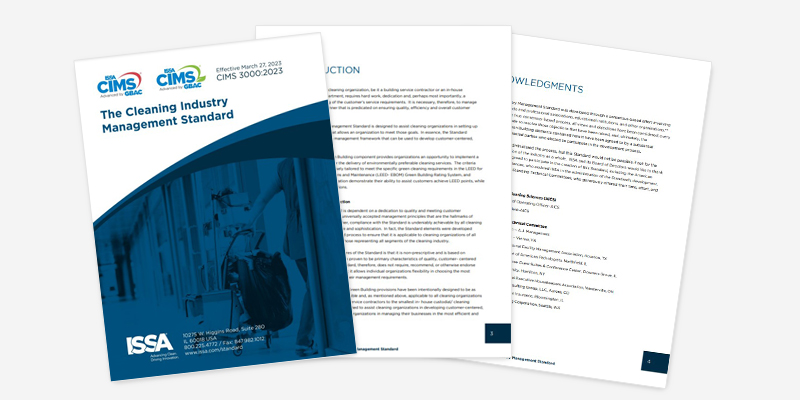What are Healthcare Acquired Infections? Causes & Prevention
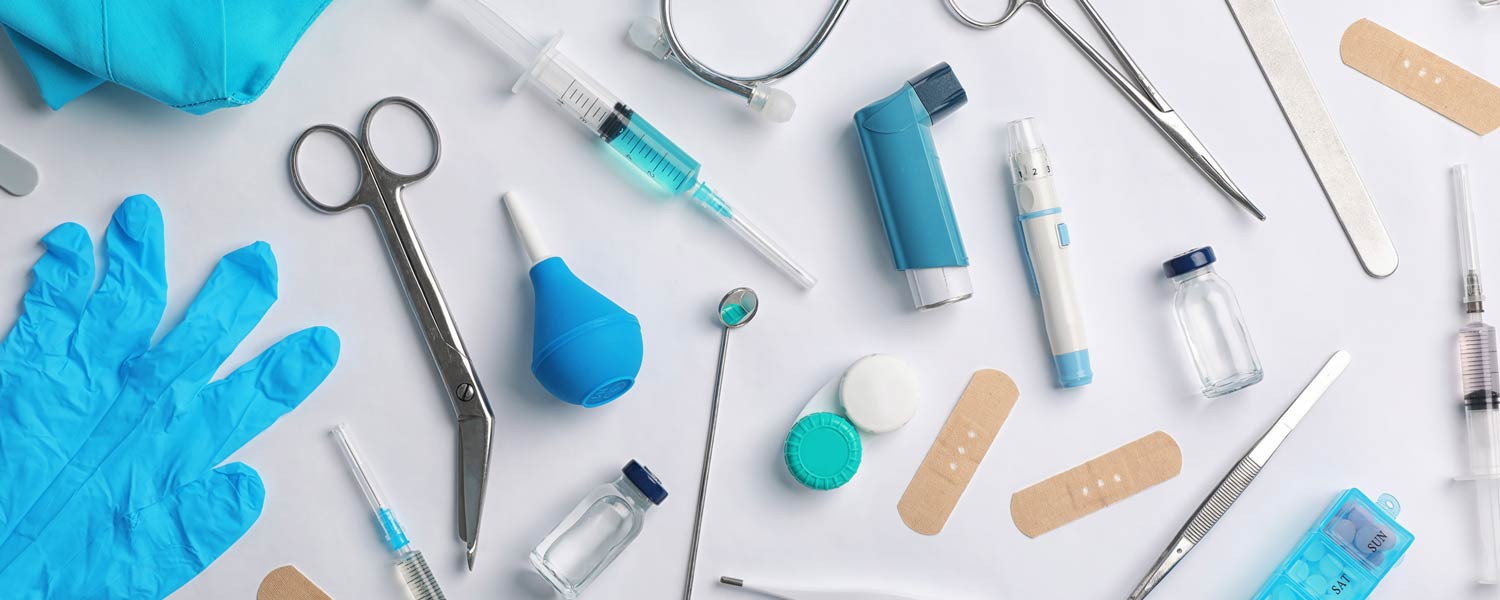
Healthcare Acquired Infections (HAIs) are infections patients acquire during the course of receiving treatment in healthcare environments such as hospitals, clinics, or long-term care facilities. These infections generally appear 48 hours or more after admission and were not present or incubating at the time of arrival. HAIs pose a serious threat because they can cause significant complications, prolong hospital stays, increase resistance to antibiotics, and escalate healthcare costs. Understanding Healthcare Acquired Infections is essential for patients, healthcare workers, and caregivers to mitigate risks and improve outcomes. For healthcare providers seeking effective solutions, ISSA Healthcare offers a wide range of infection prevention resources tailored to healthcare environments.
Common Types of Healthcare Acquired Infections
Healthcare settings present unique risks for infections; some of the most common HAIs include:
- Catheter-associated urinary tract infections (CAUTI): Occur when bacteria enter the urinary tract through a catheter.
- Surgical site infections (SSI): Infections developing near surgical incisions within 30 days of surgery.
- Central line-associated bloodstream infections (CLABSI): Caused by bacteria entering the bloodstream via central venous catheters.
- Ventilator-associated pneumonia (VAP): Lung infections affecting patients on ventilators.
These infections, though varying in origin, commonly result from exposure to pathogens during medical care.
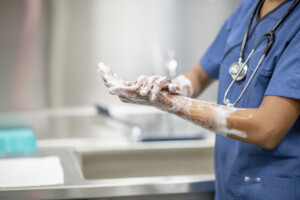
How Do Healthcare Acquired Infections Occur?
HAIs are transmitted through multiple pathways, including:
- Contaminated medical equipment and surfaces that are not properly disinfected.
- Hands of healthcare workers that are insufficiently sanitized between patient contacts.
- Use of invasive devices such as catheters or ventilators, which create direct entry points for germs.
The primary microorganisms responsible include bacteria such as MRSA (methicillin-resistant Staphylococcus aureus), Clostridium difficile, certain fungi, and viruses. Hospitals and clinics can be environments where these pathogens flourish, especially when patients’ immune systems are compromised. Research and guidelines from the Healthcare Surfaces Institute highlight the critical role of environmental cleanliness in reducing HAIs.
Who is Most at Risk?
Certain individuals have a higher chance of contracting HAIs, such as:
- Patients with weakened immune systems due to illness or treatment.
- Those with indwelling medical devices like catheters or central lines.
- Patients with extended hospital stays or chronic health conditions.
- Elderly individuals or those undergoing complex surgeries.
Recognizing these risk factors helps healthcare providers implement targeted infection control measures.
Preventing Healthcare Acquired Infections
Preventing HAIs involves a combination of strategies:
- Rigorous hand hygiene among healthcare staff and visitors, using soap or alcohol-based sanitizers.
- Appropriate use of personal protective equipment (PPE) like gloves and gowns.
- Sterilization and aseptic techniques during surgeries and medical procedures.
- Regular cleaning and disinfection of the environment, including patient rooms and medical devices.
- Educating patients and healthcare workers on infection prevention best practices.
Healthcare facilities rely on comprehensive infection control programs to monitor infection rates and continuously train staff on the latest prevention protocols.
Resources to Combat Healthcare Acquired Infections
For healthcare professionals seeking effective tools and strategies to fight the rise of HAIs, ISSA Healthcare offers a wealth of resources dedicated to infection prevention in healthcare settings. This platform enables access to expert-led training, best practices, and collaborative efforts to enhance patient safety through improved environmental hygiene.
Trusted Information Sources
Remain informed through recognized authorities such as:
- The World Health Organization (WHO), which provides global standards and guidelines on infection control.
- The Healthcare Surfaces Institute, an organization specializing in research focused on reducing HAIs via surface hygiene innovations.
Conclusion
Healthcare Acquired Infections remain a critical challenge worldwide. Awareness and education about these infections, combined with diligent prevention measures, are vital to reducing their impact. Both healthcare workers and patients must engage actively in hygiene protocols to protect health and save lives. For more information and practical resources, consider visiting trusted platforms like ISSA Healthcare Homepage and WHO, and prioritize hand hygiene, proper equipment usage, and environmental cleanliness in healthcare environments.



